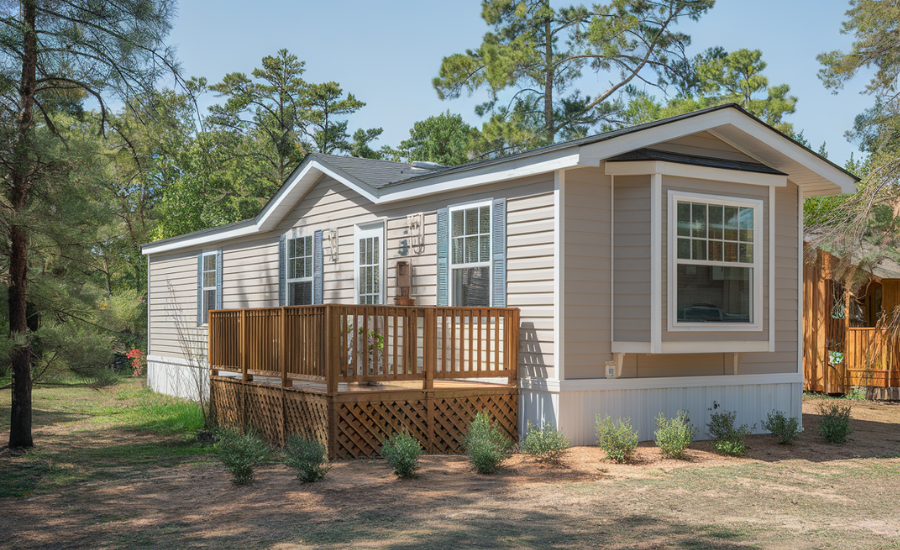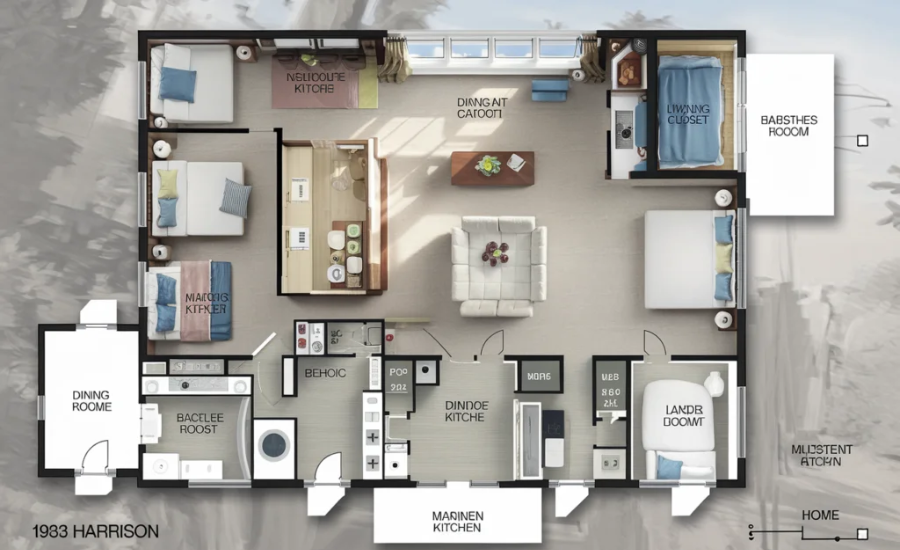Extreme temperatures, whether scorching heat or freezing cold, can place significant strain on power grids, leading to potential electrical disruptions. These disruptions can range from temporary outages to more prolonged blackouts, affecting everything from heating and cooling systems to everyday household appliances. Being prepared for these situations is crucial to ensuring comfort and safety during extreme weather events.
Understanding Why Electrical Disruptions Occur
Power grids are designed to handle regular fluctuations in demand, but during extreme weather conditions, electricity usage surges. During a heatwave, for instance, air conditioners run almost constantly, while in the winter, heating systems work overtime to keep homes warm. This increased demand can overload the system, leading to power outages or rolling blackouts as energy providers try to balance supply and demand.
Steps to Prepare for Power Outages
Preparing for potential electrical disruptions during extreme temperatures involves both short-term actions and long-term investments. Here’s what you can do:
1. Stock Up on Essential Supplies
Keep an emergency kit with flashlights, batteries, and a first-aid kit easily accessible. Include non-perishable food, bottled water, and any medications you or your family may need. In case of extended outages, having a portable phone charger or power bank can help keep communication lines open.
2. Invest in a Backup Power Source
One of the most reliable ways to prepare for electrical disruptions is by investing in a generator. A backup generator can keep essential appliances running, such as refrigerators, heaters, or medical devices, ensuring your home remains functional during an outage.
3. Insulate Your Home Properly
Proper insulation helps maintain the desired temperature for longer, reducing the need for heating or cooling when the power is out. Sealing windows, adding weather stripping to doors, and insulating your attic can significantly reduce the impact of extreme temperatures inside your home.
Preparing for Heat-Related Power Outages
1. Use Window Coverings
During the summer, keeping blinds or curtains closed during the hottest parts of the day can keep your home cooler without relying heavily on air conditioning. In the event of an outage, this step becomes even more important to maintain a comfortable indoor environment.
2. Plan for Cooling Alternatives
In case of a prolonged outage during extreme heat, it’s crucial to have cooling alternatives. Battery-operated fans, ice packs, and even visiting a nearby cooling center can help you stay comfortable while waiting for the power to return.
Preparing for Cold-Weather Power Outages
1. Layer Up
In extreme cold, dressing in layers helps retain body heat when your heating system is down. Keep blankets, winter gear, and thermal clothing on hand for emergencies.
2. Use Alternative Heating Sources Safely
If you plan to use alternative heat sources like wood stoves or fireplaces, ensure they’re properly maintained and ventilated. Carbon monoxide poisoning is a real risk when using certain heating methods during power outages, so never use gas ovens or portable heaters indoors unless they are specifically designed for that purpose.
Protecting Electronics
During electrical disruptions, power surges can damage your electronics. Use surge protectors to safeguard valuable appliances like computers, televisions, and home entertainment systems. Unplugging non-essential electronics during a storm or blackout is a good way to prevent damage.
Staying Informed
One of the most important aspects of preparing for electrical disruptions is staying informed. Sign up for local alerts through your energy provider or city, and keep a battery-operated radio on hand to listen for updates during extended power outages. Staying connected to local weather and energy reports can help you anticipate disruptions and respond appropriately.
Conclusion
Extreme temperatures are a major cause of electrical disruptions, but with the right preparations, you can minimize their impact on your home and daily life. From investing in a backup generator to insulating your home and protecting your electronics, these steps ensure that you and your family remain safe and comfortable, no matter the weather. Planning ahead can make all the difference when the next heatwave or cold snap strikes.





